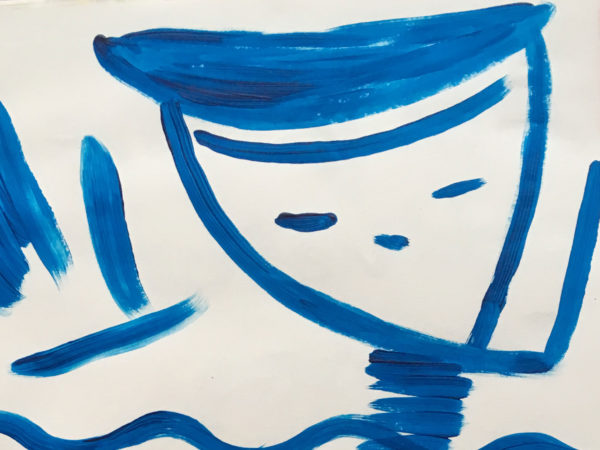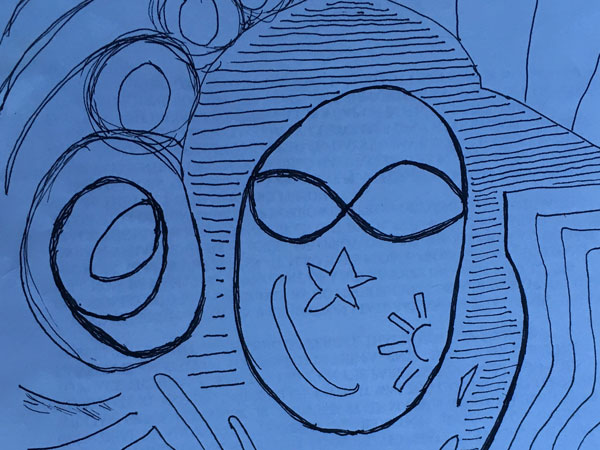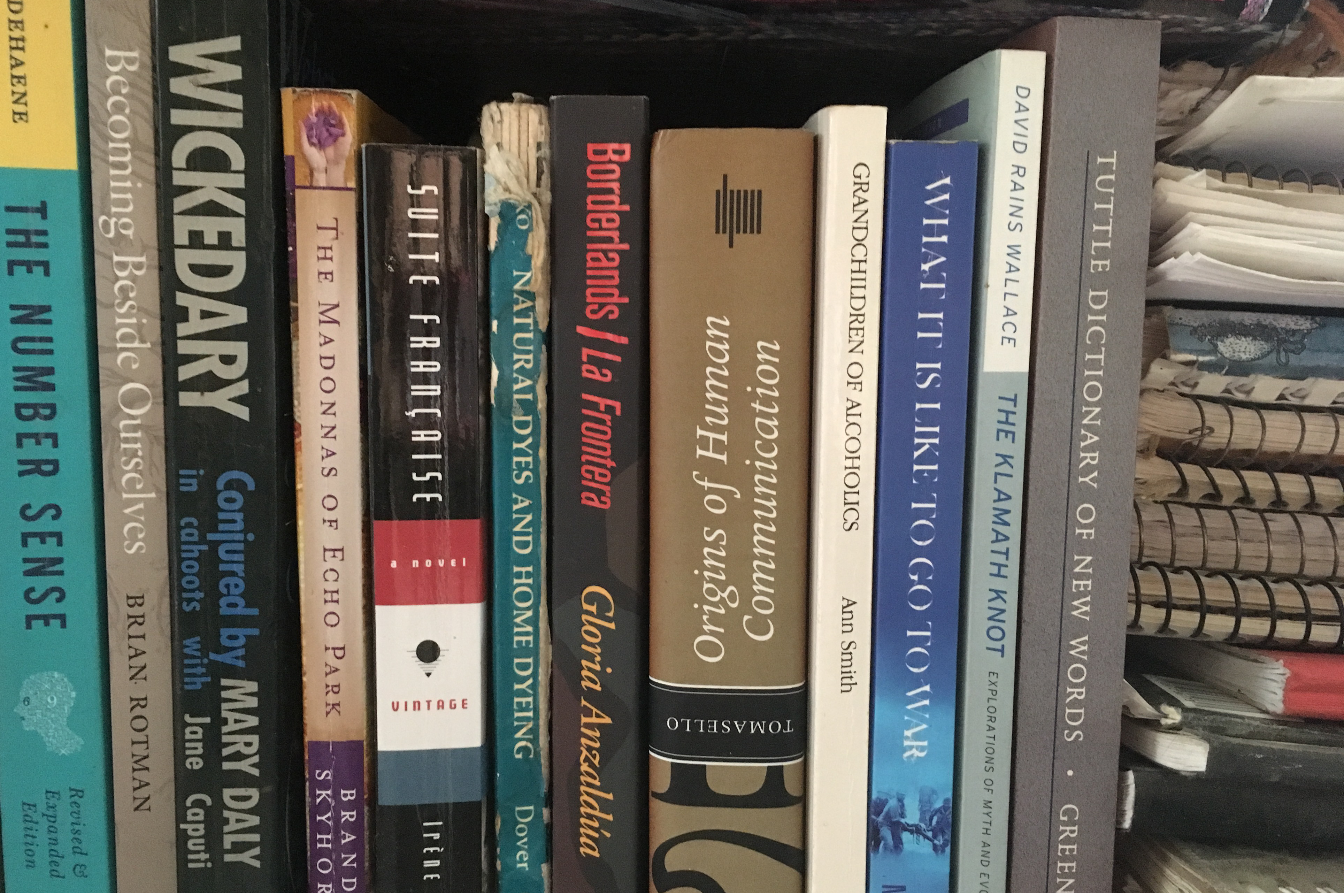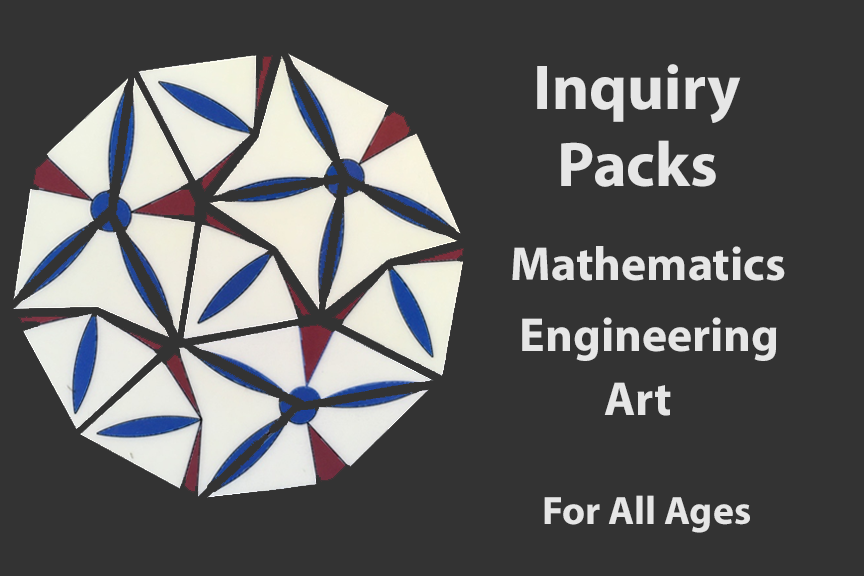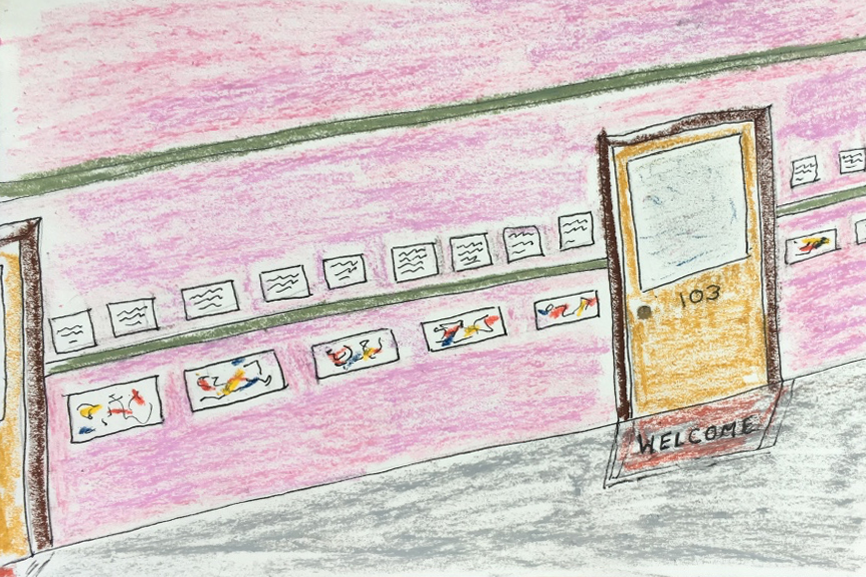The questions
How many triangles are in this picture?
How many of them are the same?
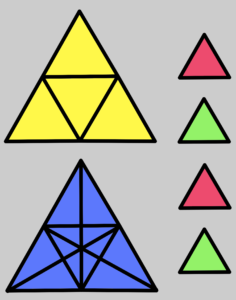
With some careful observation and counting, you can answer the first question.
You can’t answer the second one, though. Not until you decide what you mean by “same.”
Counting the triangles
Show the picture of the triangles to a friend and count them together. That’s a good way to make sure you don’t miss any of them.
Because the many of the triangles in the picture overlap each other, it’s hard to keep track of them all. Different people use different strategies for keeping things straight. They make up names for things. They draw. They make copies, and cut them up so they can move the parts around.
What are some good strategies for finding and counting all the triangles?
How many are there?
Deciding which triangles are the same
Now you must decide what you mean by “the same.”
More specifically, you must decide which characteristics to take into consideration when you count two triangles as being the same. Should color matter? What about size?
Could you decide that all of the triangles are the same because they all have 3 sides?
What do you think are the most reasonable characteristics to take into consideration in order to decide which triangles are the same?
Would it be easier to first decide which triangles are different, and then decide which ones are the same?
Would it help to give names to the different types of triangles?
With your friend, discuss which characteristics to consider in order to count up all the different kinds of triangles that are the same.
There are lots of different ways to do that. (Could a person make a list of all the possibilities?)
Write down what you discovered
After you have sorted and counted all the triangles, you could write a report about everything you figured out. These would be good headings to use:
- The total number of triangles and how I counted them
- The characteristics I considered for deciding what’s the same
- Types of triangles and how to tell them apart
- How many of each type of triangle I found
- Strategies for counting and keeping track
“The same” in mathematics
You can probably see why the word “same” isn’t very useful in mathematics. It can mean so many different things. Instead, mathematicians use many different words for “same,” depending on the characteristics of the thing they are considering. Some of the words for “same” in mathematics are: equal, equivalent, congruent, similar, homologous, and isomorphic. Each one has a different definition of “the same” hidden inside it.
More triangles to count and classify
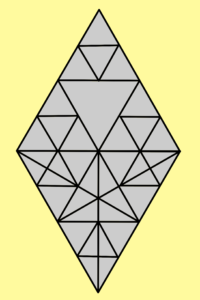
If you like the challenge of counting and classifying triangles, here are some more pictures to consider. Will you need new counting strategies? Can you find any patterns or short cuts?
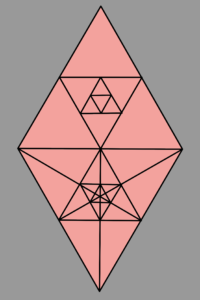 What other geometric figures can you find in these pictures? Can you add them to your analysis?
What other geometric figures can you find in these pictures? Can you add them to your analysis?
Draw your own picture full of overlapping triangles that could be the same or different. Ask a friend to count and classify the triangles. Then ask the friend to make a similar puzzle for you.
Here is a philosophical question: If two things are exactly the same, wouldn’t they be just one thing?
